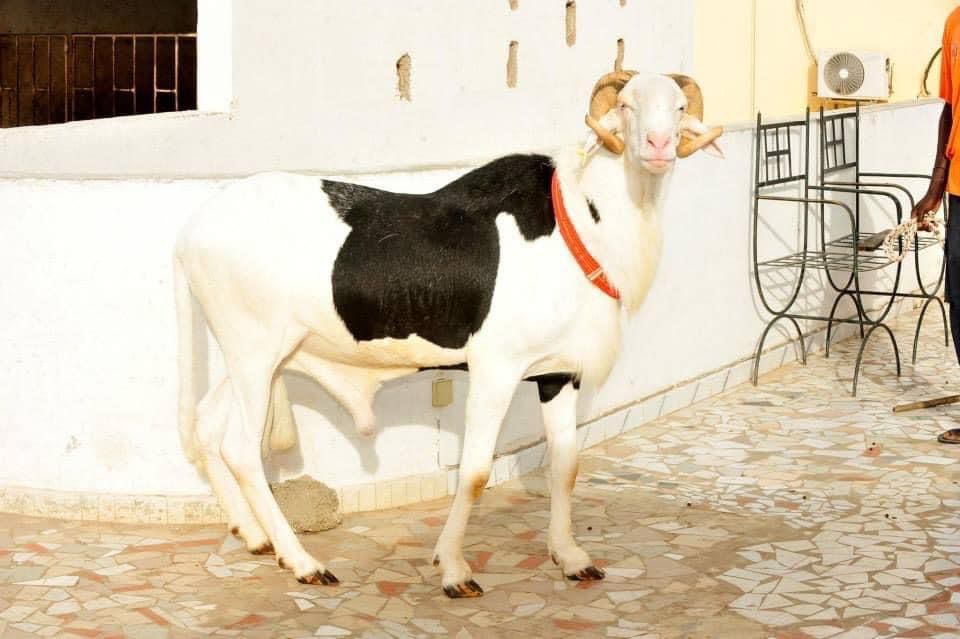BREEDING IMPROVEMENT
The goal in breeding is not always to present the exterior appearance of the sheep but rather the interior work of the enclosures to obtain extraordinary results. Breed improvement is done in four ways. -By selective breeding. -By Elimination -By Crossing or Mixed breeding -By Inbreeding SELECTIVE BREEDING involves choosing the two best individuals (males and females) of the same breed with desirable traits, such as strong immune systems, good mothering abilities, and efficient feed conversion, to mate and pass on their genes to the next generation. It aims to maintain genetic diversity while still improving desired traits. Avoid excessive intervention in the breeding process and let nature take its course and ensure you put them in a good environment. Advantages of selective breeding: 1. Genetic diversity: Selective breeding helps maintain a more diverse gene pool, thereby reducing the risk of inbreeding depression and preserving adaptability to changing environmental conditions. 2. Flexibility and adaptability: Through selective breeding, breeders have more freedom to introduce new genetic material and incorporate various traits into a population. 3. Health and vigor: Taking into account the health and performance of the individual animal, selective breeding aims to improve the overall vitality and vigor of the population. Disadvantages of selective breeding: 1. Lengthy Process: Compared to inbreeding and line selection, selective breeding may require more time to achieve the desired results because it relies on the identification and selection of individuals with the desired characteristics in a larger pool. 2. Complexity of Trait Selection: Selective breeding often involves considering multiple traits, which can be difficult to balance to achieve optimal results. 3. Potential for reduced uniformity: The emphasis on maintaining genetic diversity in selective breeding can result in less uniformity within a population, making it more difficult to predict specific traits in offspring. ELIMINATION OF REPRODUCTION: This is also called the method of survival of the fittest, whereby you eliminate unwanted flaws, characteristics or flaws. This method also involves culling, which involves sending out inferior or animals with traits that you have an excess of. You you must ensure minimal interference during birthing and rearing. This helps naturally select for weaker offspring that might not thrive in your farming system, as the stronger ones will have a better chance of survival. This can help maintain a population with robust genetic traits. To ensure that natural selection takes place during reproduction, it is important to consider the following: Provide a natural and healthy environment in which they can live. This includes access to clean pasture, appropriate shelter and adequate space for exercise. A healthy environment promotes the general well-being of animals and allows them to develop their innate characteristics. Resist the urge to use too many medications or intervene with preventative treatments, as this could interfere with the natural selection process. Instead, focus on selecting animals that have strong disease resistance and are able to survive and thrive in their environment. Allow them to feed and graze on a variety of vegetation as this supports their natural feeding behavior. A diverse diet can help build resilience. CROSSING OR MIXED BREEDING: It consists of introducing into the population two subjects of different breeds presenting genetic diversity by occasionally introducing quality and unrelated breeding stock. This helps avoid inbreeding and the associated negative effects on the overall health and viability of the herd. Now let’s move on to mixing, stopping at the first generation. You can also crossbreed to improve a breed. And in this case, after the first crossing the mixed blood obtained is crossed with the male of the to be improved to obtain a 3/4, then this 3/4 is crossed again with a male of the same breed to obtain a blood 7 / 8., the 7/8 cross will give a 15/16 and so on… Already in the 4th generation (15/16 or 93%), we have improved the characteristics of the initial breed. This is where F1 to F5 comes in. INBREEDING: You must be surprised to see this as a form of breed improvement. Despite its generally harmful effects, it is very useful in animal breeding. It enables you to uncover and eliminate harmful recessive genes within the population. With inbreeding you can concentrate a forefather’s DNA and expose and eliminate harmful recessive genes. Inbred animals are more likely to pass on their own characteristics on a frequent basis. When you improve by inbreeding, it would be easier to predict how your crosses would progress. Inbreeding is very difficult to control and should be done “only“ when necessary and purposefully. It must begin with selection and followed by elimination to remove the negative effects that might come with it. Types of inbreeding are Close inbreeding and Line inbreeding . You can read more about Inbreeding Here. Remember, natural selection is an ongoing process, so it is important to regularly assess the performance of your sheep and make breeding decisions based on their natural adaptations and fitness in your specific farming system. continued….. BREEDING IN THE RIGHT DIRECTION Written by JajiBasit
BREEDING IMPROVEMENT Read More »




